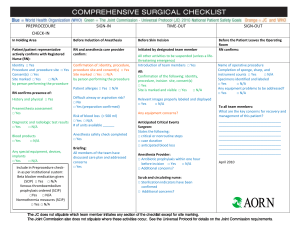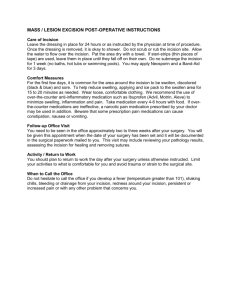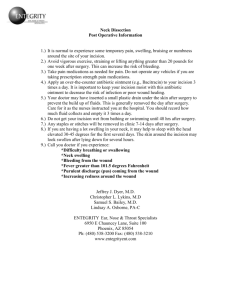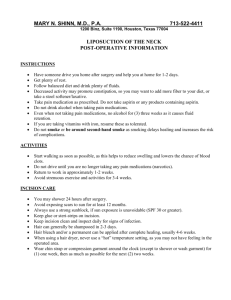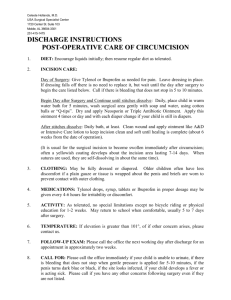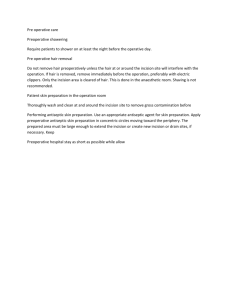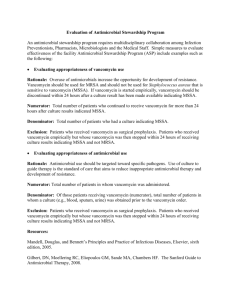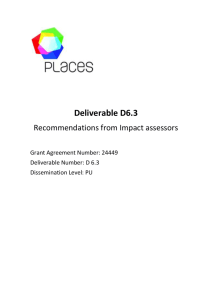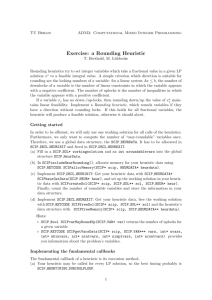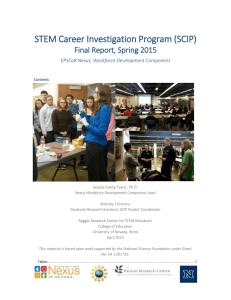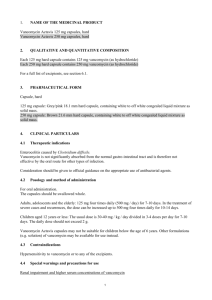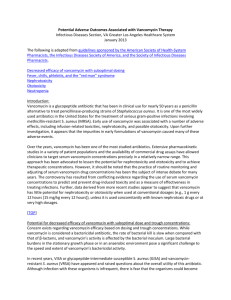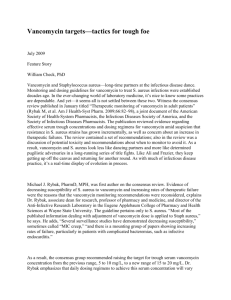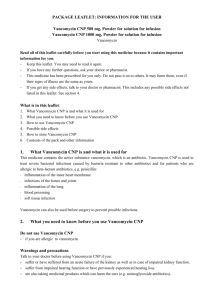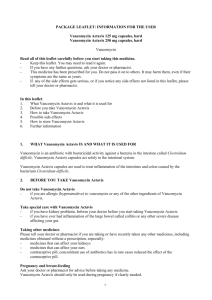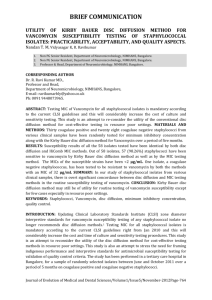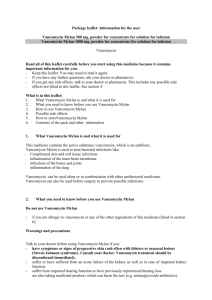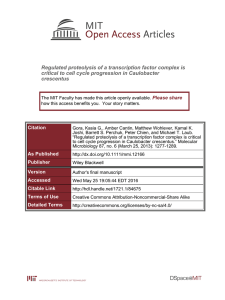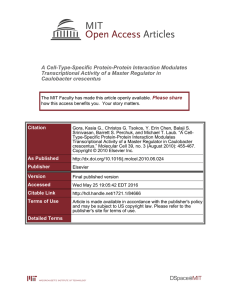Clinical log 10
advertisement
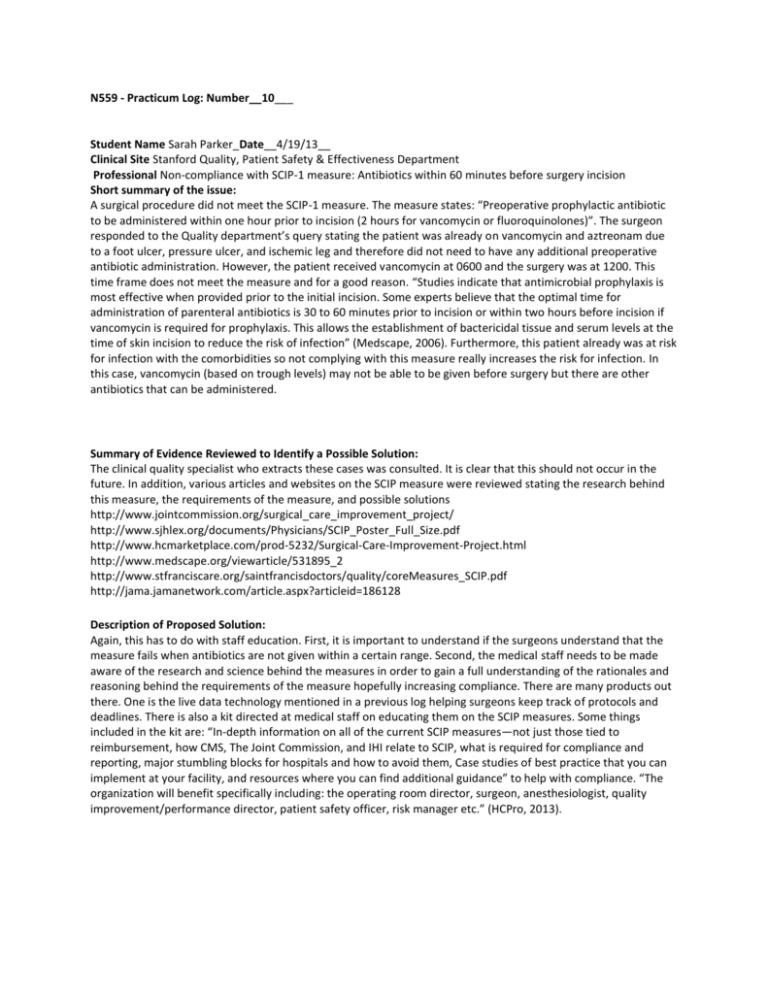
N559 - Practicum Log: Number__10___ Student Name Sarah Parker_Date__4/19/13__ Clinical Site Stanford Quality, Patient Safety & Effectiveness Department Professional Non-compliance with SCIP-1 measure: Antibiotics within 60 minutes before surgery incision Short summary of the issue: A surgical procedure did not meet the SCIP-1 measure. The measure states: “Preoperative prophylactic antibiotic to be administered within one hour prior to incision (2 hours for vancomycin or fluoroquinolones)”. The surgeon responded to the Quality department’s query stating the patient was already on vancomycin and aztreonam due to a foot ulcer, pressure ulcer, and ischemic leg and therefore did not need to have any additional preoperative antibiotic administration. However, the patient received vancomycin at 0600 and the surgery was at 1200. This time frame does not meet the measure and for a good reason. “Studies indicate that antimicrobial prophylaxis is most effective when provided prior to the initial incision. Some experts believe that the optimal time for administration of parenteral antibiotics is 30 to 60 minutes prior to incision or within two hours before incision if vancomycin is required for prophylaxis. This allows the establishment of bactericidal tissue and serum levels at the time of skin incision to reduce the risk of infection” (Medscape, 2006). Furthermore, this patient already was at risk for infection with the comorbidities so not complying with this measure really increases the risk for infection. In this case, vancomycin (based on trough levels) may not be able to be given before surgery but there are other antibiotics that can be administered. Summary of Evidence Reviewed to Identify a Possible Solution: The clinical quality specialist who extracts these cases was consulted. It is clear that this should not occur in the future. In addition, various articles and websites on the SCIP measure were reviewed stating the research behind this measure, the requirements of the measure, and possible solutions http://www.jointcommission.org/surgical_care_improvement_project/ http://www.sjhlex.org/documents/Physicians/SCIP_Poster_Full_Size.pdf http://www.hcmarketplace.com/prod-5232/Surgical-Care-Improvement-Project.html http://www.medscape.org/viewarticle/531895_2 http://www.stfranciscare.org/saintfrancisdoctors/quality/coreMeasures_SCIP.pdf http://jama.jamanetwork.com/article.aspx?articleid=186128 Description of Proposed Solution: Again, this has to do with staff education. First, it is important to understand if the surgeons understand that the measure fails when antibiotics are not given within a certain range. Second, the medical staff needs to be made aware of the research and science behind the measures in order to gain a full understanding of the rationales and reasoning behind the requirements of the measure hopefully increasing compliance. There are many products out there. One is the live data technology mentioned in a previous log helping surgeons keep track of protocols and deadlines. There is also a kit directed at medical staff on educating them on the SCIP measures. Some things included in the kit are: “In-depth information on all of the current SCIP measures—not just those tied to reimbursement, how CMS, The Joint Commission, and IHI relate to SCIP, what is required for compliance and reporting, major stumbling blocks for hospitals and how to avoid them, Case studies of best practice that you can implement at your facility, and resources where you can find additional guidance” to help with compliance. “The organization will benefit specifically including: the operating room director, surgeon, anesthesiologist, quality improvement/performance director, patient safety officer, risk manager etc.” (HCPro, 2013).
